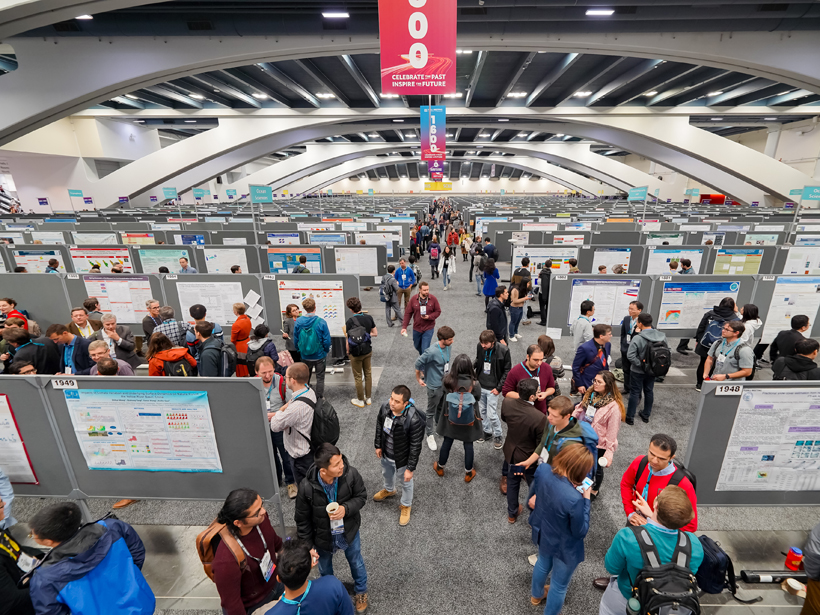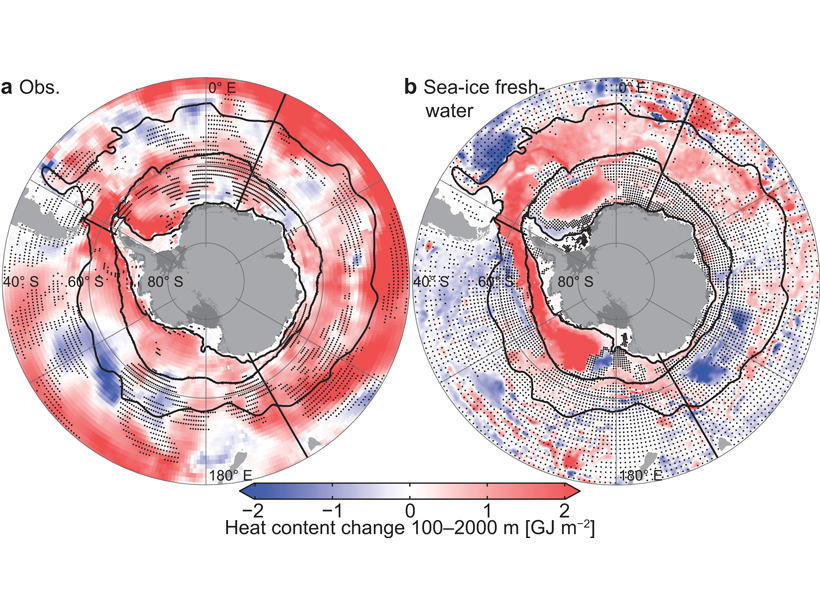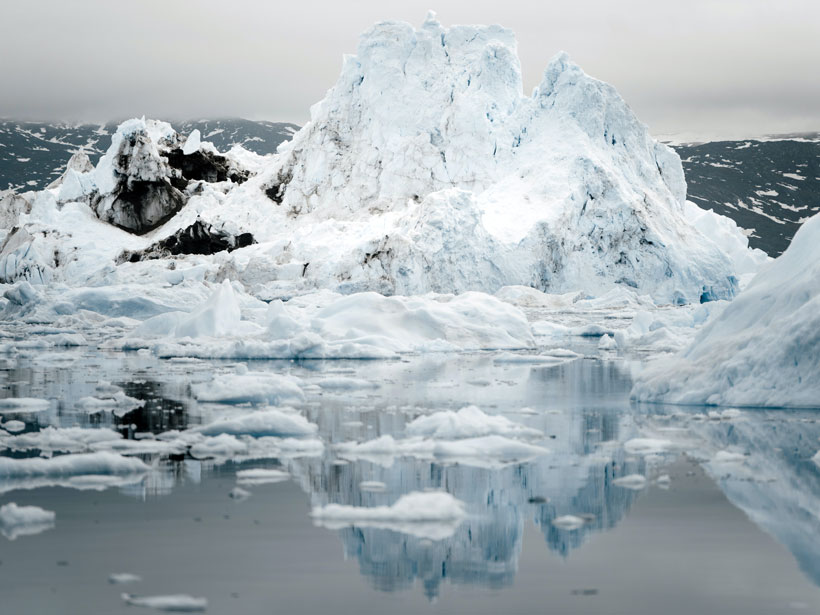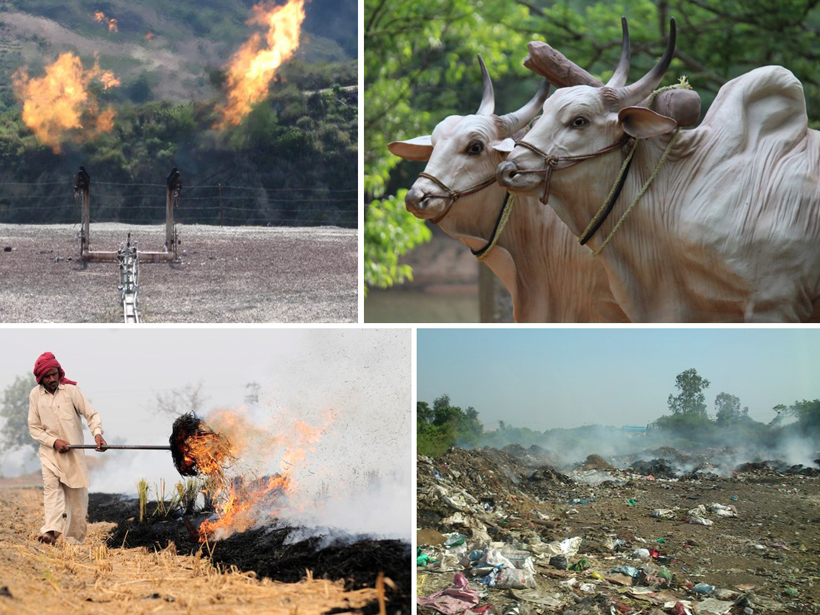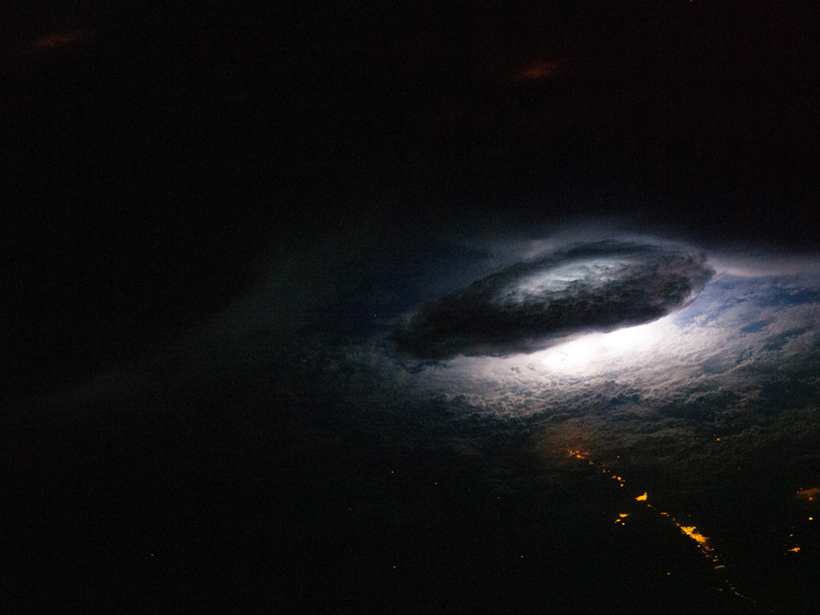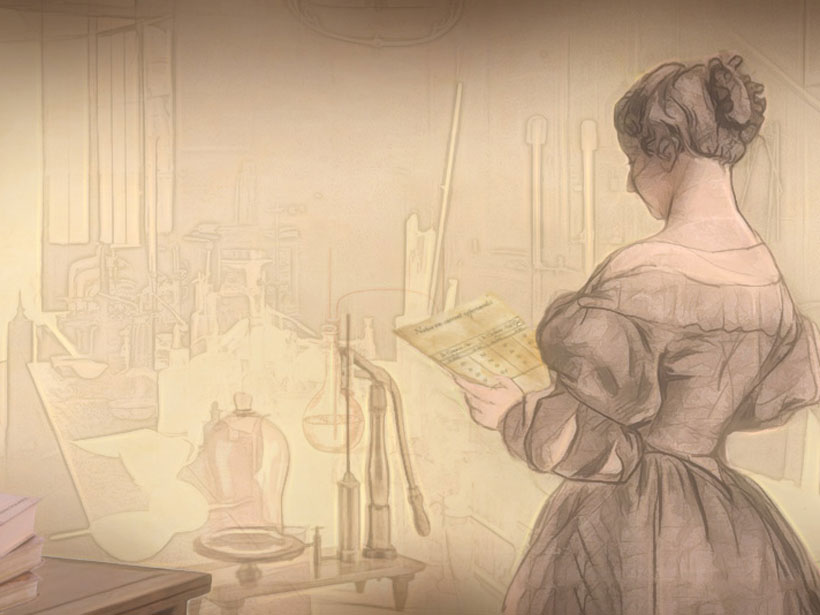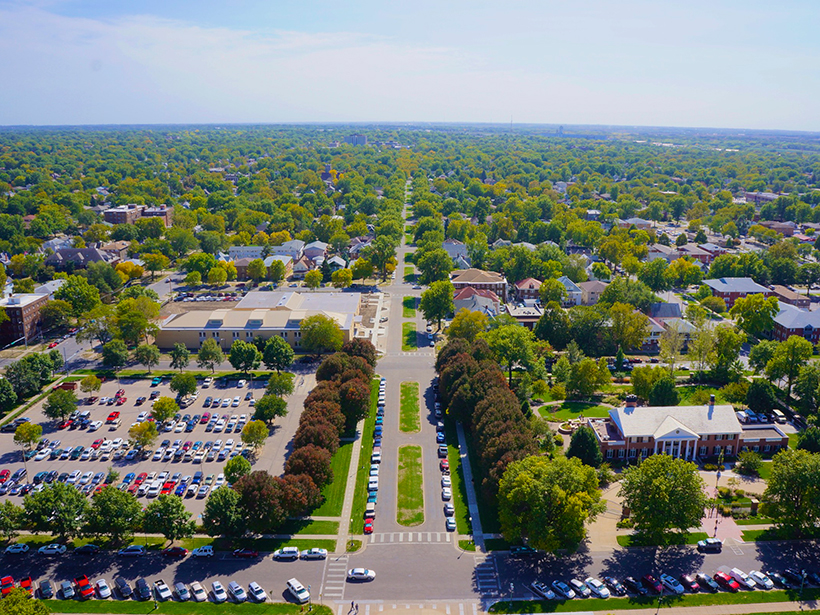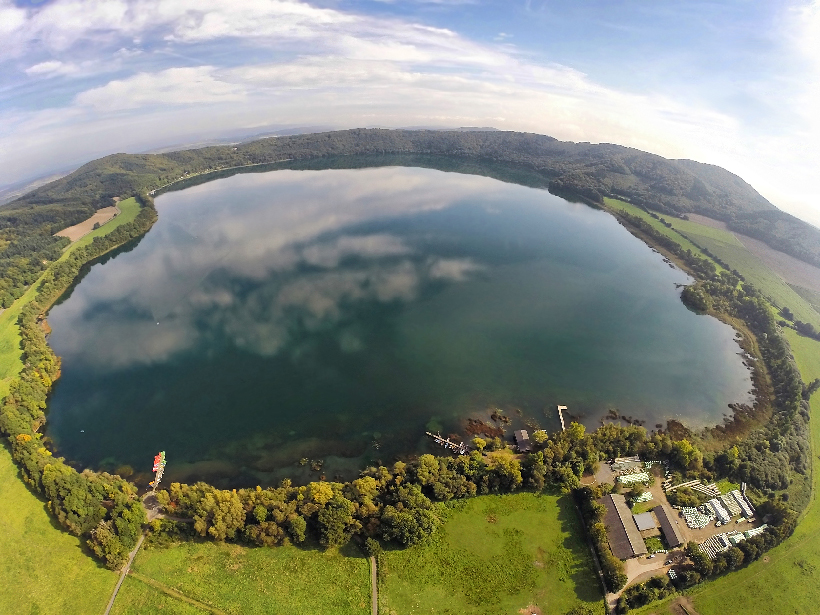Analyzing how people collaborate in AGU’s meetings and publications according to gender, age, and ethnicity provides clear evidence for diversifying networks and collaborating with new people.
CC BY-NC-ND 2020
Explaining Cold and Fresh Southern Polar Ocean Surface Waters
Global climate models do not reproduce observed trends of the Southern polar ocean surface, but an increase in wind-transported sea ice that melts and inhibits mixing may account for the disparity.
Shedding New Light on the Nitrogen Cycle in the Dark Ocean
Researchers find that the key players in nitrification may already be known.
Unprecedented Clear Skies Drove Remarkable Melting in Greenland
Scientists are concerned that current climate models do not fully account for the impact of atmospheric conditions on the Greenland Ice Sheet and, consequently, may dramatically underestimate melting.
Methane’s Rising: What Can We Do to Bring It Down?
Reducing methane emissions is critical for addressing climate warming, but which are the easiest and most cost-effective ways to do this?
Studying Earth’s Double Electrical Heartbeat
Charged by thunderstorms and other weather phenomena, the global electrical circuit connects the entire planet.
This Week: Antique Climate Science and Brand-New Broken Comets
What Earth and space science stories are we recommending this week?
Geoscientists Help Map the Pandemic
Data visualization and mapping are valuable tools in the fight against COVID-19. Geoscientists can help healthcare workers and shape public policy.
Ultrahigh Speed Movies Catch Growing Earthquake Ruptures
Comparing successive frames from ultrahigh speed videos of propagating fractures allowed laboratory researchers for the first time to capture the fine details of of a propagating earthquake rupture.
Messages in the Bubbles
Laacher See volcano is quiet, but gas bubbles rising through the overlying lake are a reminder of its potential hazard. Scientists took a close look at the bubbles to test eruption monitoring methods.

